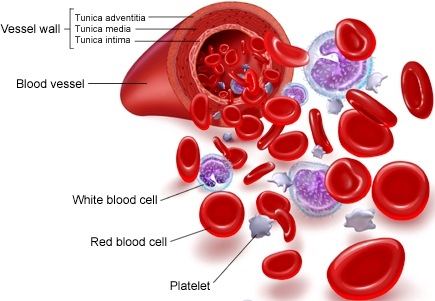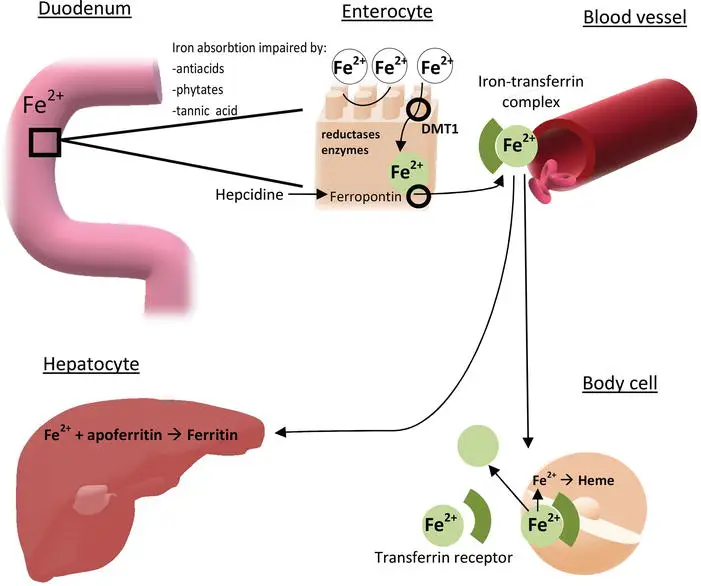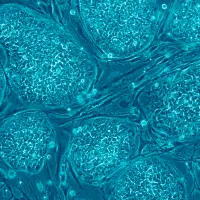In this study guide, we review anemia, types of anemia, important anemia formulas, vocabulary, heme breakdown, and anemia of chronic diseases.
Definitions, Numbers, and Vocabulary of Anemia

Hematocrit = ratio of volume of red cells / total volume of blood
Oxygen transport has 3 independent variables
Oxygen delivery = blood flow x Hb concentration x (Asat-Vsat)
Asat-Vsat = difference in percent oxygenation in Arterial vs Venous blood
Anemia + 2,3-DPG = lower oxygen affinity, oxygen unloads
HIF hypoxia inducible transcription factor = in all cells, detects hypoxia in body
HIF = up-regulates hormone erythropoietin
Reticulocyte count = # of young red blood cells
If have impaired red cell production = LOW reticulocyte count, High EPO levels
Hemolytic anemia or Acute Blood loss = body compensates for the lack of rbc by producing more = HIGH reticulocyte count
Treatment for Blood Loss = Therapeutic iron, not enough sometimes to just give erythropoietin

Types of Anemia
Sideroblastic Anemia = porphyrin synthesis defects = broad distribution of cell sizes
Megaloblastic Anemia = often caused by vitamin B12 or folate deficiency or Chemotherapy agents
Iron-deficiency Anemia = also microcytic but has RBC = low and RDW = high
Thalessemia (Microcytic) = RBC is High = but RDW is Low
Normocytic anemia = maybe like a tumor = have pancytopenia = tear-drop shape blood cells

Anemia due to increased red blood cell destruction (hemolysis):
- High Reticulocyte count
- High Non-conjugated bilirubin
- High LDH
- High Hemoglobin
- Low Haptoglobin [because binds to free hemoglobin which floats in blood because RBC destroyed –> haptoglobin-hemoglobin removed]
Process of Breaking down heme:

- Heme oxygenase catabolizes heme –> biliverdin
- BIliverdin –> bilirubin (exits macrophage, binds to albumin in plasma)
- Albumin-bound bilirubin –> taken up by liver –> conjugated to glucoronide
- Conjugated bilirubin comes out –> bile –> duodenum [Liver disease? High conjugated bilirubin]
- Bacteria gut –> conjugated bilirubin converted to urobilinogen –> stercobilin (brown)
Chronic Inflammation Anemia: High iron in macrophages, bone marrow, liver, and spleen –> elevated levels of ferritin in serum but Low levels Serum Iron
- Total Transferrin = Low [Low in the blood]
- High Ferritin [High storage]
- Low Serum Iron
Chronic renal insufficiency = Suppressed Erythropoeisis
- Reticulocyte index = Low [Not enough rbc being produced anyways]
- Red cell index = Normal
Treatment for Chronic Anemia = rhEPO, especially myelodysplasia effective

Anemia of Chronic Liver disease
- Blood smear = target cells
- Reticulocyte index = Low
- Ring sideroblasts (Alcoholics)

Click and check out these popular articles for more information: 🙂
Ectoderm vs Endoderm vs Mesoderm
Circulatory System: Blood Flow Pathway Through the Heart
Circulatory System: Heart Structures and Functions
Ductus Arteriosus Vs Ductus Venosus Vs Foramen Ovale: Fetal Heart Circulation
Cardiac Arrhythmias: Definition, Types, Symptoms, and Prevention
Upper Vs Lower Respiratory System: Upper vs Lower Respiratory Tract Infections
Seven General Functions of the Respiratory System
Digestive System Anatomy: Diagram, Organs, Structures, and Functions
Kidney Embryology & Development: Easy Lesson
Psychology 101: Crowd Psychology and The Theory of Gustave Le Bon
Introduction to Evolution: Charles Darwin and Alfred Russel Wallace
Copyright © 2022 Moosmosis Organization: All Rights Reserved
All rights reserved. This essay first published on moosmosis.org or any portion thereof may not be reproduced or used in any manner whatsoever
without the express written permission of the publisher at moosmosis.org.

Please Like and Subscribe to our Email List at moosmosis.org, Facebook, Twitter, Youtube to support our open-access youth education initiatives! 🙂
Categories: anatomy, Biology, cell biology, health, immunology, medicine, Social Studies, stem














Excellent medical article on anemia!
LikeLiked by 1 person
Thank you, kind soul! That is very nice of you. Glad you enjoyed learning about anemia. 🙂
LikeLike
Superb points!
LikeLike
Wonderful article! Reminds me of my grandma who had cancer and anemia.
LikeLike
Fantastic essay on anemia! It’s certainly becoming more common.
LikeLiked by 1 person
This is amazing! Love your helpful articles!!
LikeLiked by 1 person
Thank you Katharine! That is so nice of you! 🙂
LikeLike